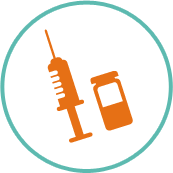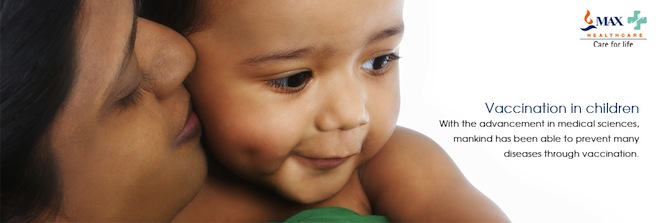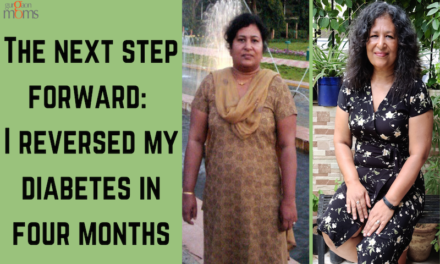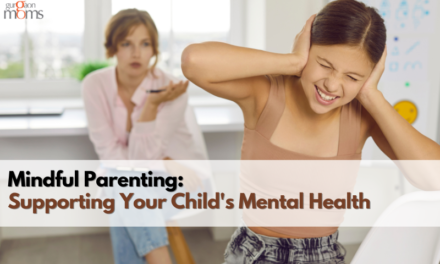Overview
 The principle of vaccination is to make our body resistant or immune to attack by a particular germ (microbe) by exposing it to a harmless component of that microbe. It induces immune memory in our body that helps it to fight the microbe upon subsequent attack. Contrary to popular belief , it doesn't "lower our immunity" but enhances it.
The principle of vaccination is to make our body resistant or immune to attack by a particular germ (microbe) by exposing it to a harmless component of that microbe. It induces immune memory in our body that helps it to fight the microbe upon subsequent attack. Contrary to popular belief , it doesn't "lower our immunity" but enhances it.
The immune system of newborns and infants is fragile , so it is more important that we protect them by vaccination. No vaccine is 100% effective but they significantly reduce chances of the disease, or in some cases the severity and complications.
Most of the vacc f any reactions are minimal. It is prudent to stay at the clinic after vaccination for 15-30min to observe for any allergic reaction. Some of them cause local pain and fever which is short lasting and can be alleviated by medications.
The national immunisation schedule includes BCG, OPV, Hepatitis B, DPT (diphtheria, pertussis, tetanus), MMR (mumps, measles, rubella), and Hib.
Apart from these, many new vaccines are also available for protection from Hepatitis A, Typhoid, Chickenpox, Rotavirus, Pneumococcus, HPV virus (cervical cancer vaccine for females) etc.
Following is the vaccination chart:
IAP Immunization Time Table 2011
| Age (completed weeks/months/years) | Vaccines |
| Birth | BCG, OPV0, HepB 1 |
| 6 weeks | DTwP1/DTaP1, OPV1*/OPV1 + IPV1 DTwP1/DTaP1, OPV1*/OPV1 + IPV1, Hib1, HepB2, Rotavirus 1*, PCV 1 |
| 10 weeks | DTwP2/DTaP2, OPV2*/OPV2 + IPV2, Hib 2, Rotavirus 2, PCV 2 |
| 14 weeks | DTwP3/DTaP3, OPV3*/OPV3 + IPV3, Hib 3, Rotavirus 3, HepB3, PCV 3 |
| 9 Months | Measles |
| 12 Months | Hepatitis A1 |
| 15 Months | MMR1, Varicella, PCV Booster |
| 16 to18 Months | DTwP B1,/DTaP B1, OPV4*/OPV4 + IPVB1, Hib B1 |
| 18 Month | Hepatitis A2 |
| 2 Years | Typhoid 1* |
| 5 Years | DTwp B2/ DTaP B2, OPV5, MMR2s, Typhoid 2, Varicella 2ss |
| 10 to 15 Years | Tdap/Td&, HPV^ |
OPV alone if IPV cannot be given
.# Rotavirus vaccine (2/3 doses ( depending on the brand) at 4-8 weeks interval)
.. The third dose of Hepatitis B can be given at 6 months
$ The second dose of MMR vaccine can be given at any time 4-8 weeks after the first dose
$$ varicella (2nd dose may be given any time 3 months after the 1st dose)
# Typhoid revaccination to Td, followed by repeat Td every 10 years
^ Only females, three doses at 1-2 and 6 months
Vaccination Schedule Recommended by Indian Academy of Pediatrics
Some vaccines which are used in epidemics/special situations are meningococcal, influenza (includingH1N1), rabies, yellow fever, Japanese encephalitis etc. Apart from children, adolescents in the age group 10-18 yrs should also receive the recommended vaccines, as given below:
lAP recommended vaccines for Adolescents (10 Years to 18 Years)
| Vaccine | Schedule |
| Tdap/Td& | 10 years |
| HPV^ | 10 to 12 years |
& Tdap preferred to Td, followed by repeat Td every 10 years (Tdap to be used once only)
^ Only females, three doses at 0, 1 or 2 (depending on the vaccine used ) and 6 months
IAP Recommendations for Catch up Immunization in Adolescents
| Vaccine | Schedule |
| MMR | 2 doses at 4 – 8 weeks interval @ |
| Hepatitis B | 3 doses at 0, 1 and 6 months # |
| Hepatitis A | 2 doses at 0, 6 months (prior check for Anti HAV IgG may be cost effective ) # # |
| Typhoid | 1 dose every 3 years * * |
| Varicella | 2 doses at 4 – 8 weeks interval |
@ one dose if previously vaccinated with one dose
# # Combination of Hep B and Hep A may be used in 0, 1, 6 schedule
* * A minimum interval of 3 years should be observed between 2 doses of typhoid vaccine
There are few vaccines for which multiple options are available, like DTP, Rotavirus, Pneumococcal, Meningococcal, Hepatitis A, HPV vaccine etc. It is prudent for the parents to discuss the pros and cons of the various options with their paediatrician and then make an informed choice.
Vaccination is the single most successful child survival strategy to date. With immunisation, we have already eradicated small pox and polio eradication is also in sight. Diseases such as tetanus, diphtheria, measles, hepatitis B, rubella have also reduced in incidence. Vaccines have greatly improved our quality of life by reducing the incidence of common infections and preventing millions of deaths and disabilities. Hence, as a parent , it is our duty to get our children vaccinated and protect them from various diseases.







